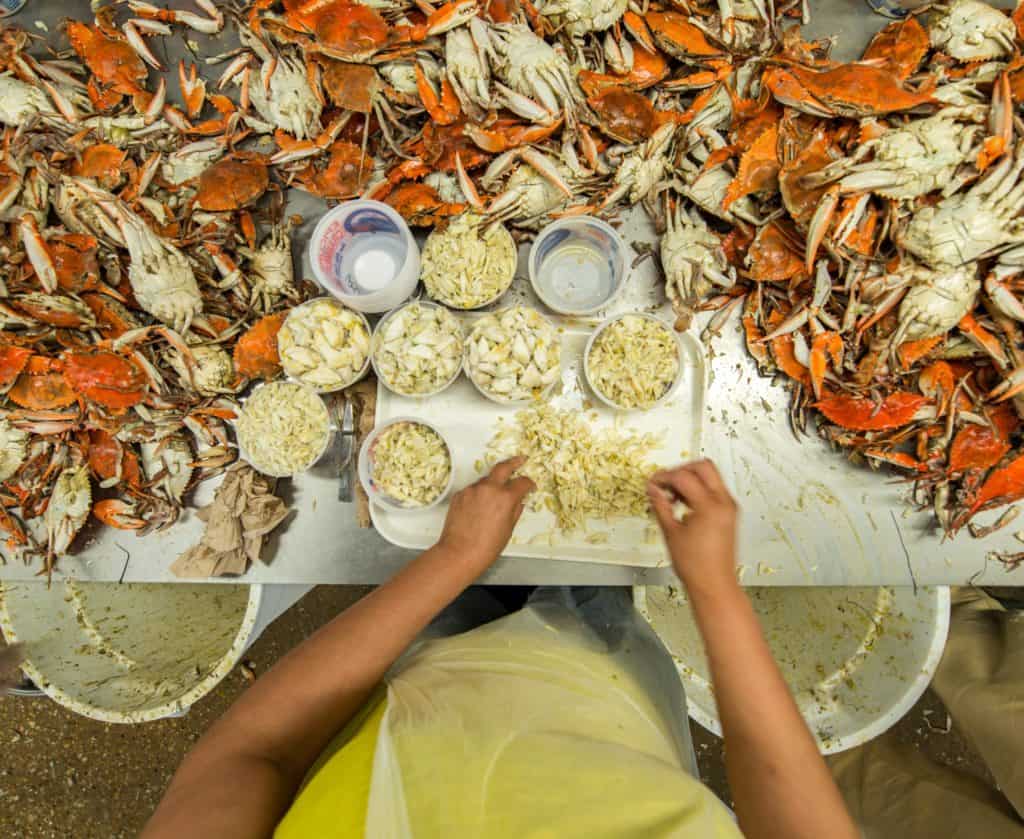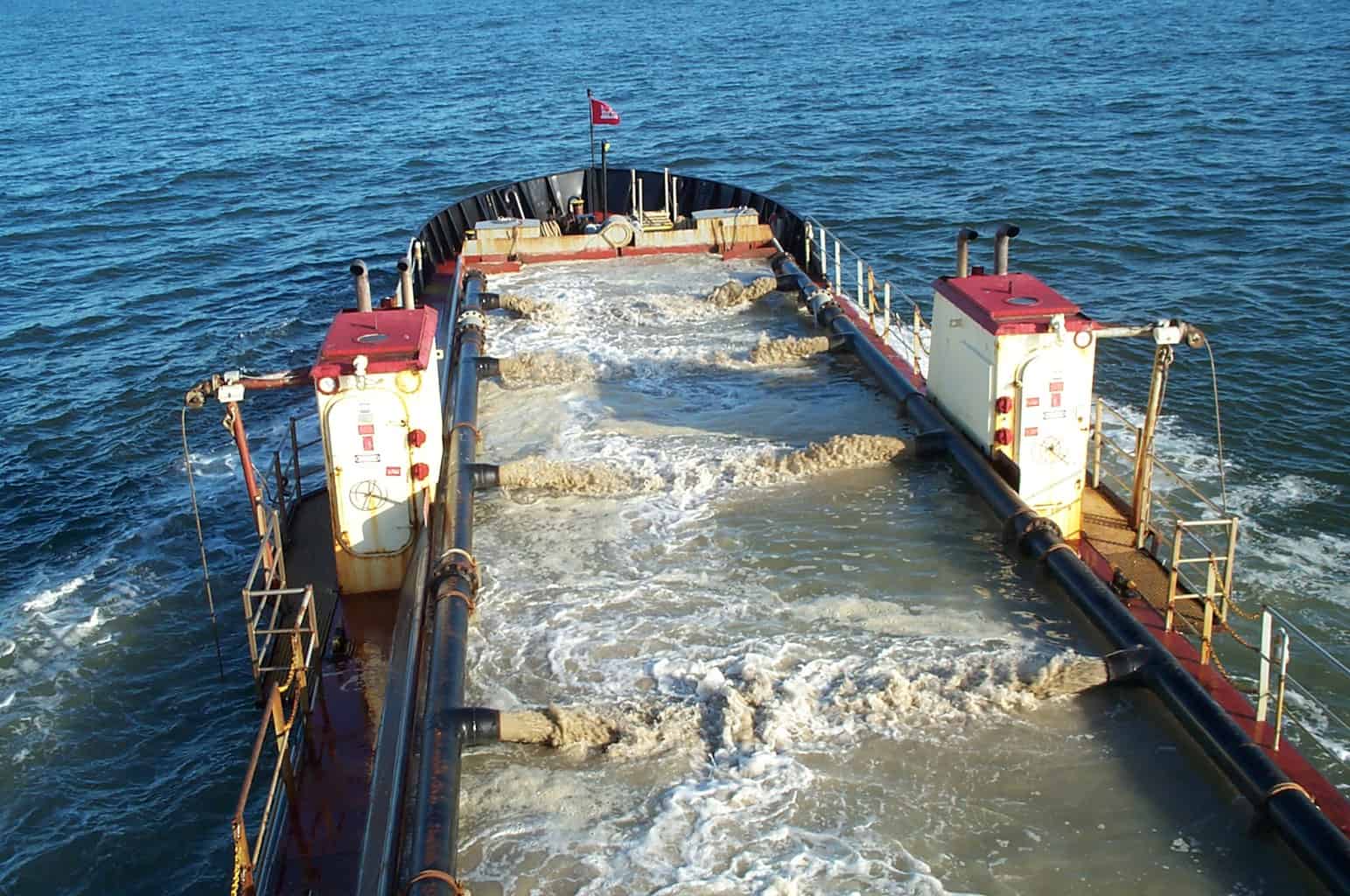On the heels of a plea from the Eastern Shore’s crabbing industry, the federal government has released more temporary foreign worker visas.
Watermen, crab processing companies and seafood sellers all sounded the alarm when the U.S. Department of Homeland Security’s limit of 66,000 H-2B visas fell drastically short of fufilling the labor needs of the Bay’s crab season (Maryland’s 20 licensed crab-picking houses need about 500 seasonal workers).
Maryland Governor Larry Hogan had also urged the feds to allow more visas through the H-2B Nonimmigrant Temporary Worker Program–saying his state’s $355 million seafood industry and supply chain were at risk.
The Department of Homeland Security has since announced it will release an additional 35,000 H-2B visas nationwide. The action comes none too soon, as blue crab harvest season is just three weeks away, kicking off April 1. It’s a relief to businesses in rural Dorchester County, where only three of the county’s nine picking houses had received their workers as of last week.
But Governor Hogan says an eleventh hour fix is not enough. It’s the third straight year the crabbing industry has begged the federal government for additional H-2B visas, securing them just weeks before the season. Governor Hogan wants Congress and Maryland’s Congressional delegation to resolve the visa cap.
“While we still urgently need a long-term solution to this problem, this announcement is welcome relief for our state’s iconic crab processing houses and seafood industry.”
The Maryland Department of Agriculture just released a survey on the economic impact of the H-2B visa program on the state’s crab industry. It found that seven out of eight crab companies surveyed wouldn’t open for the 2020 crab season without adequate H-2B workers.
Without these seasonal workers, the survey showed that income for watermen could drop by $12.5 million, processors could lose more than $37 million in sales and the overall hit to the state’s economy could be $100-$150 million.
-Meg Walburn Viviano



